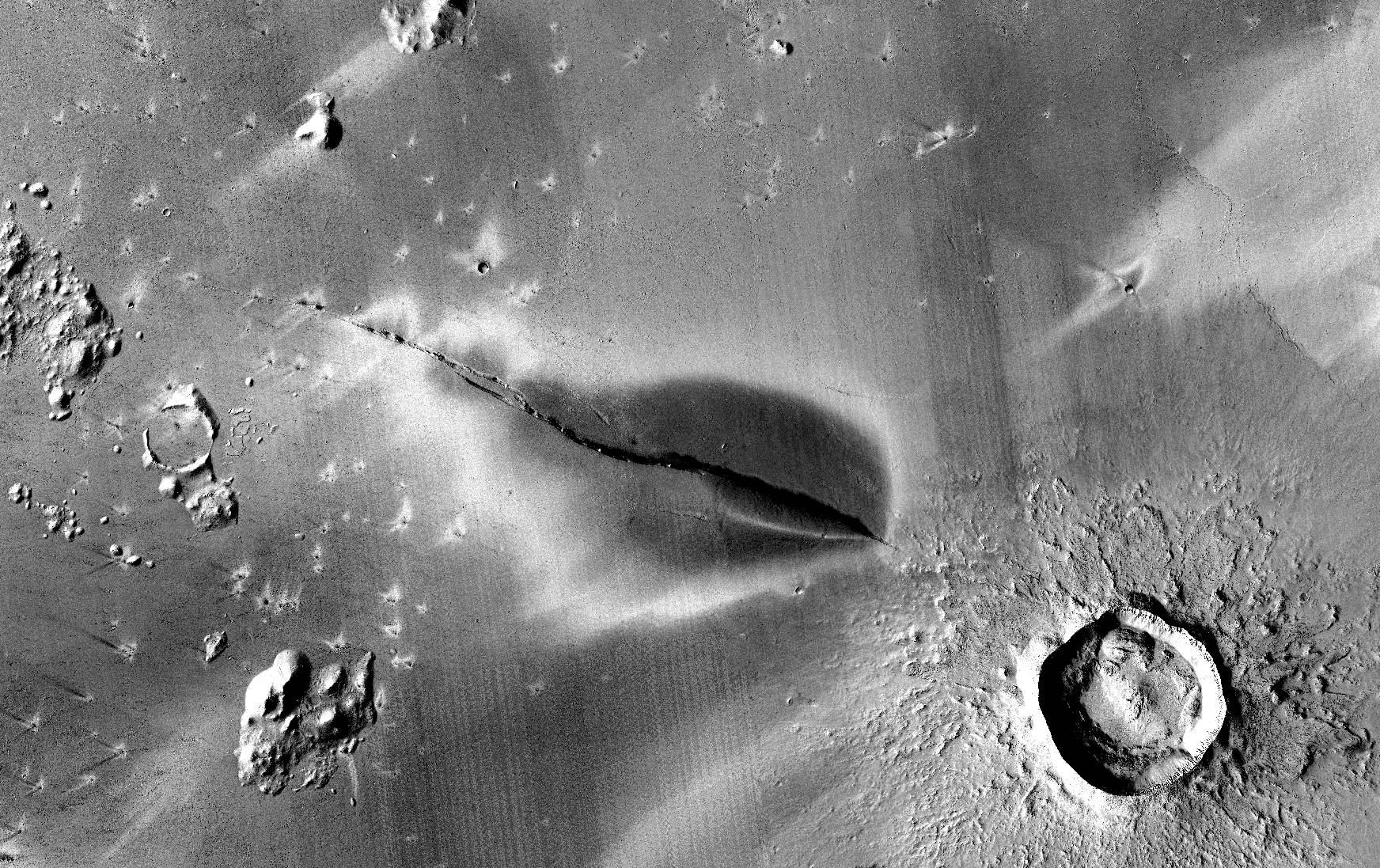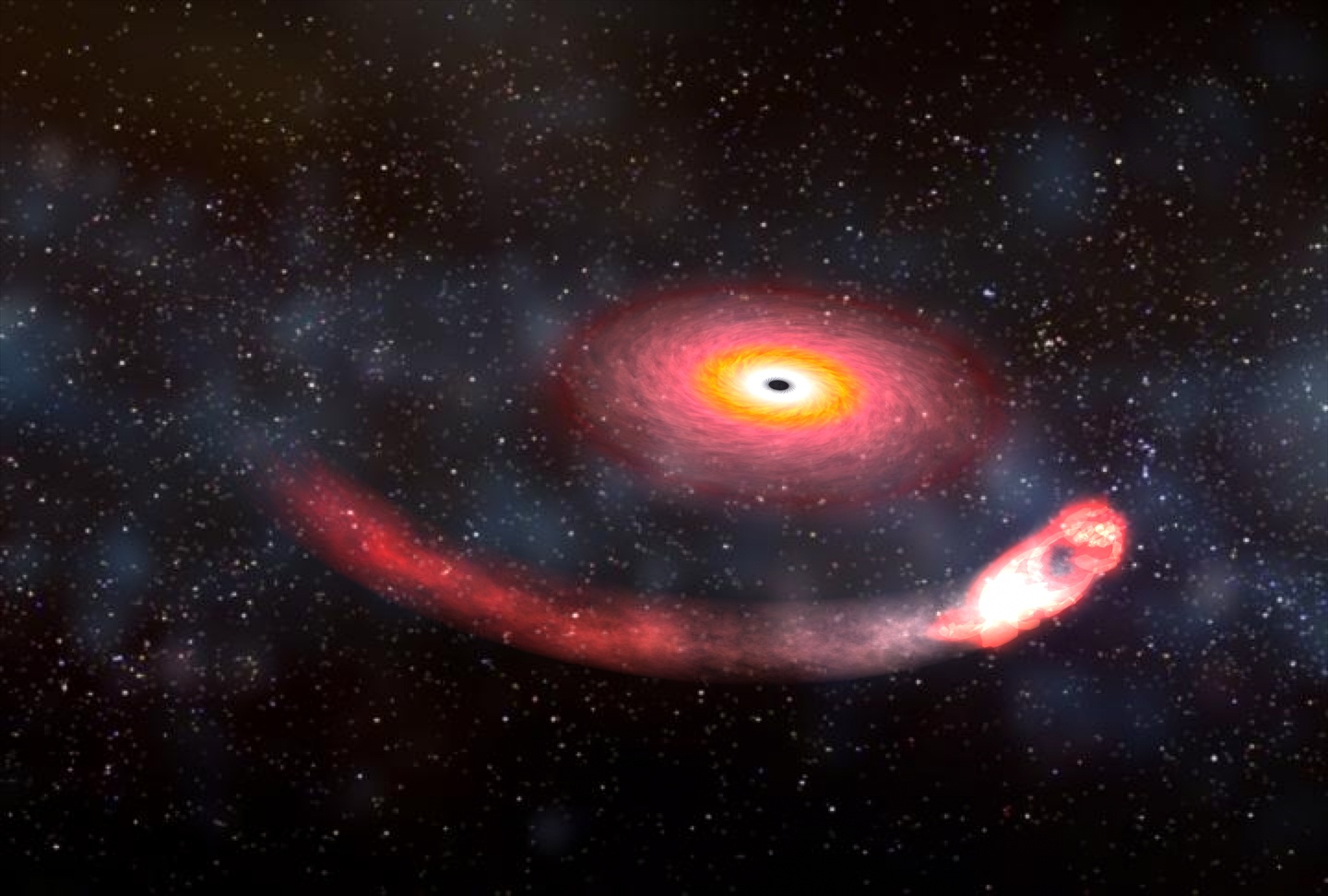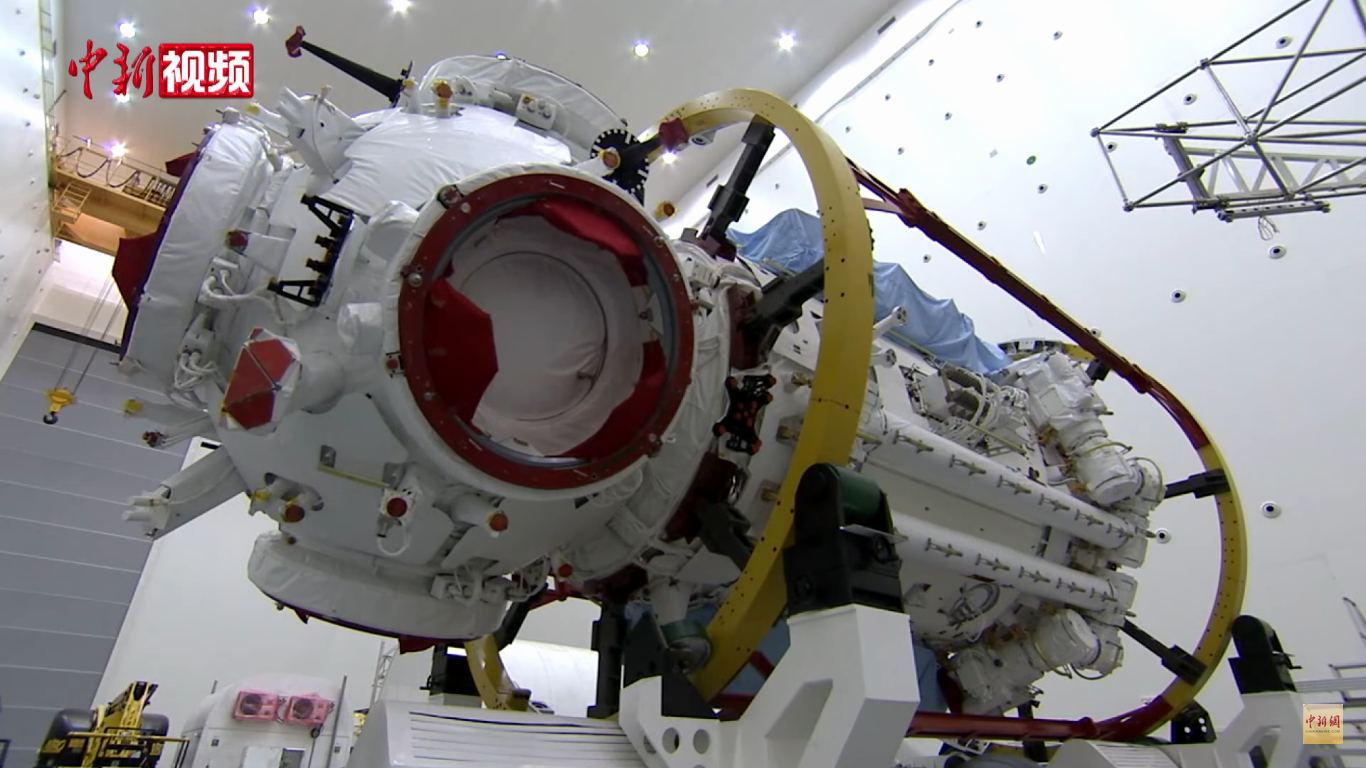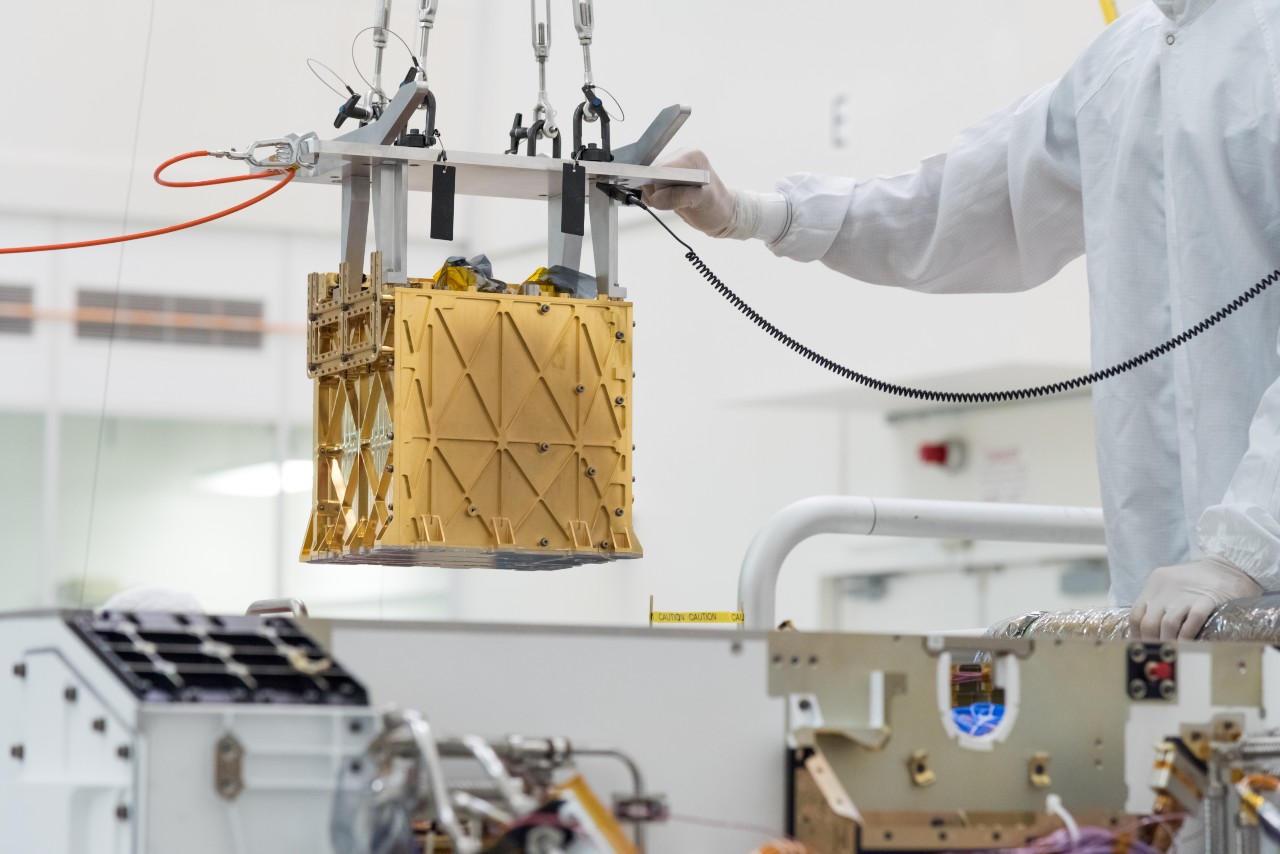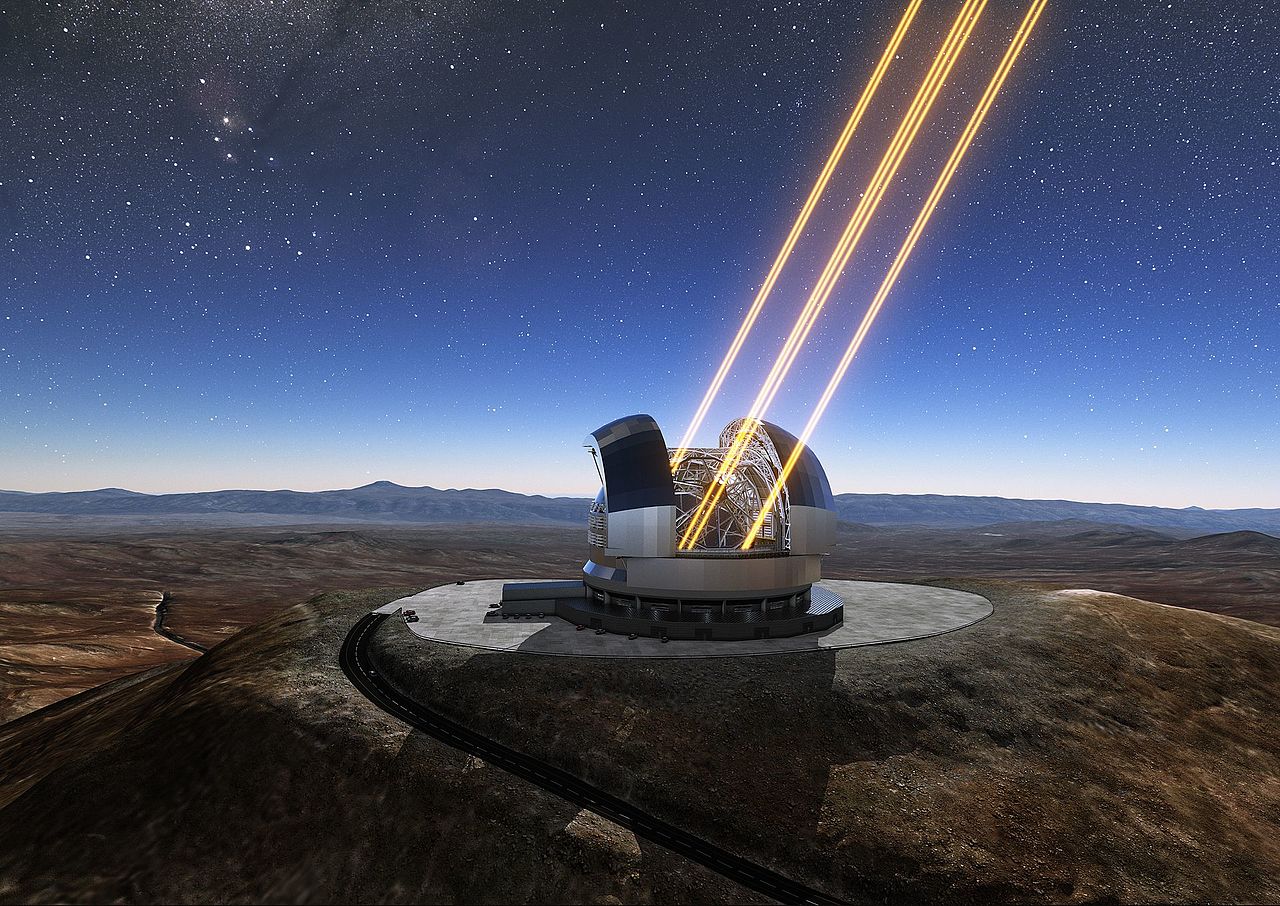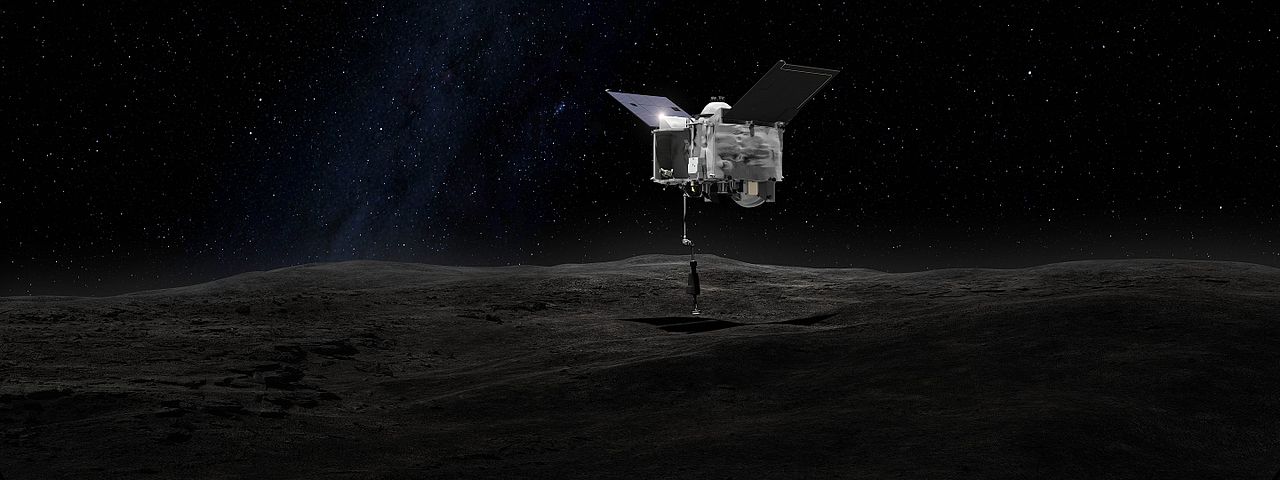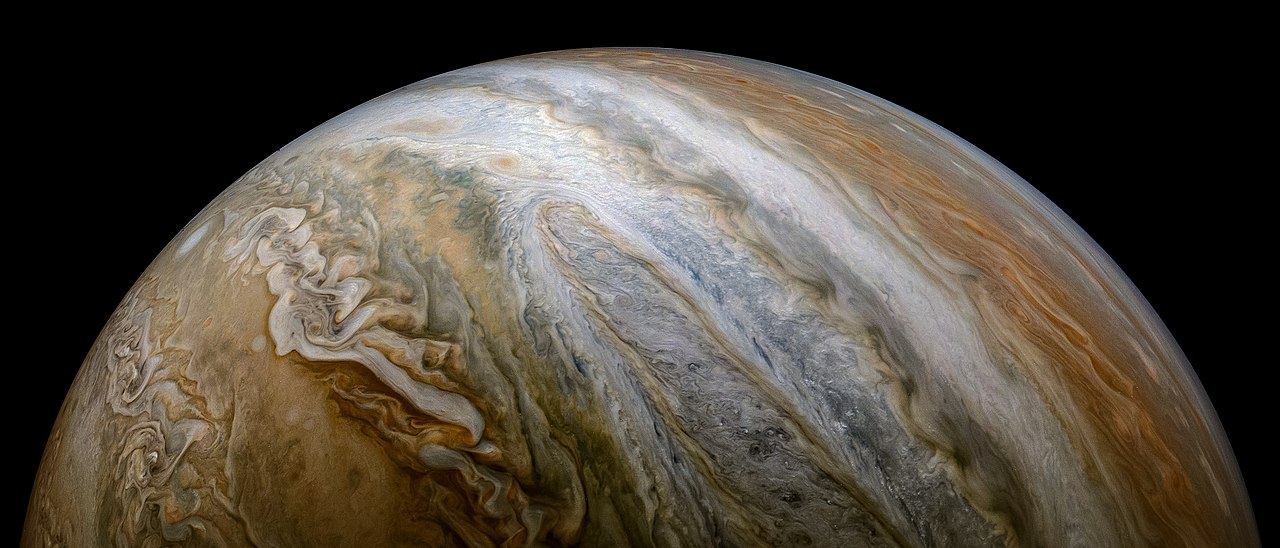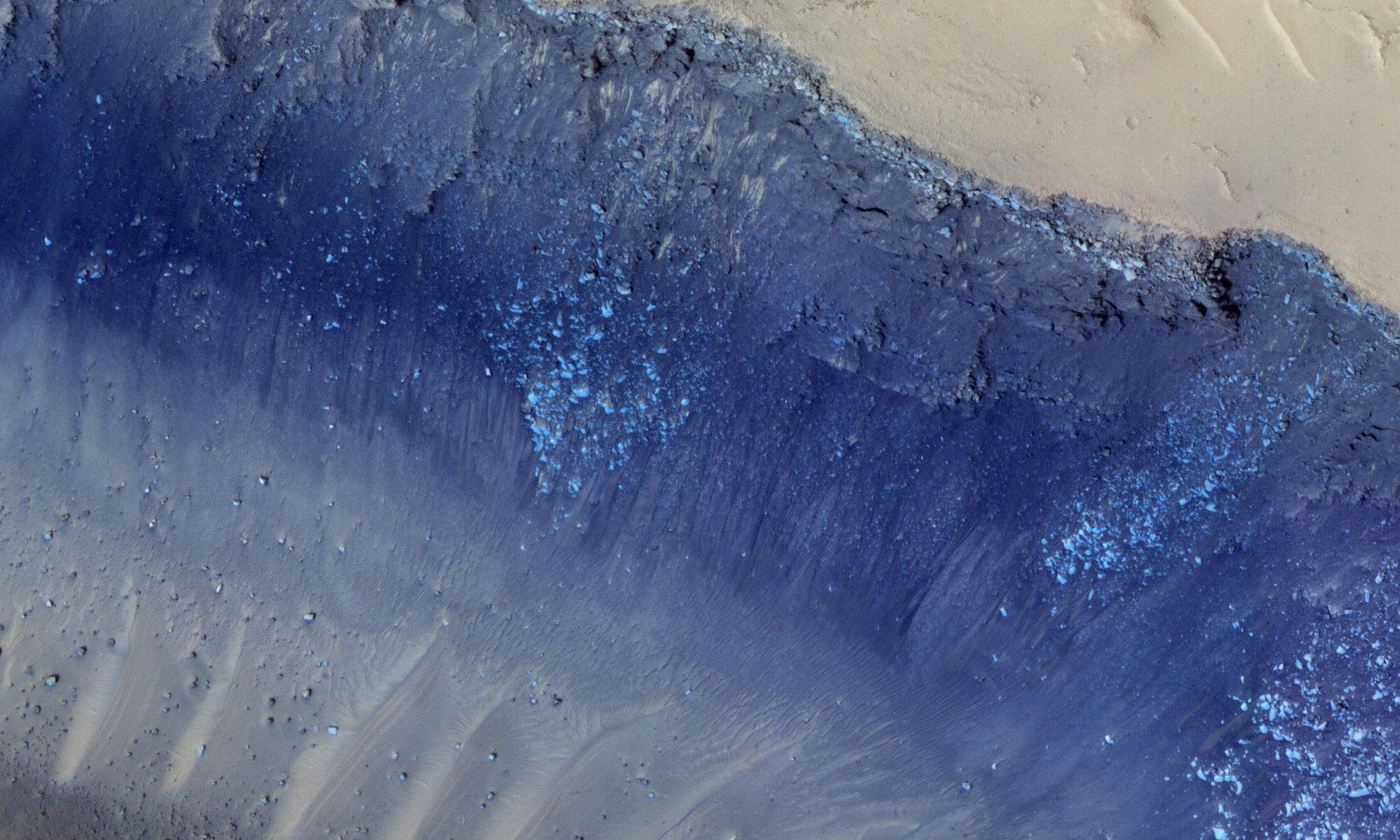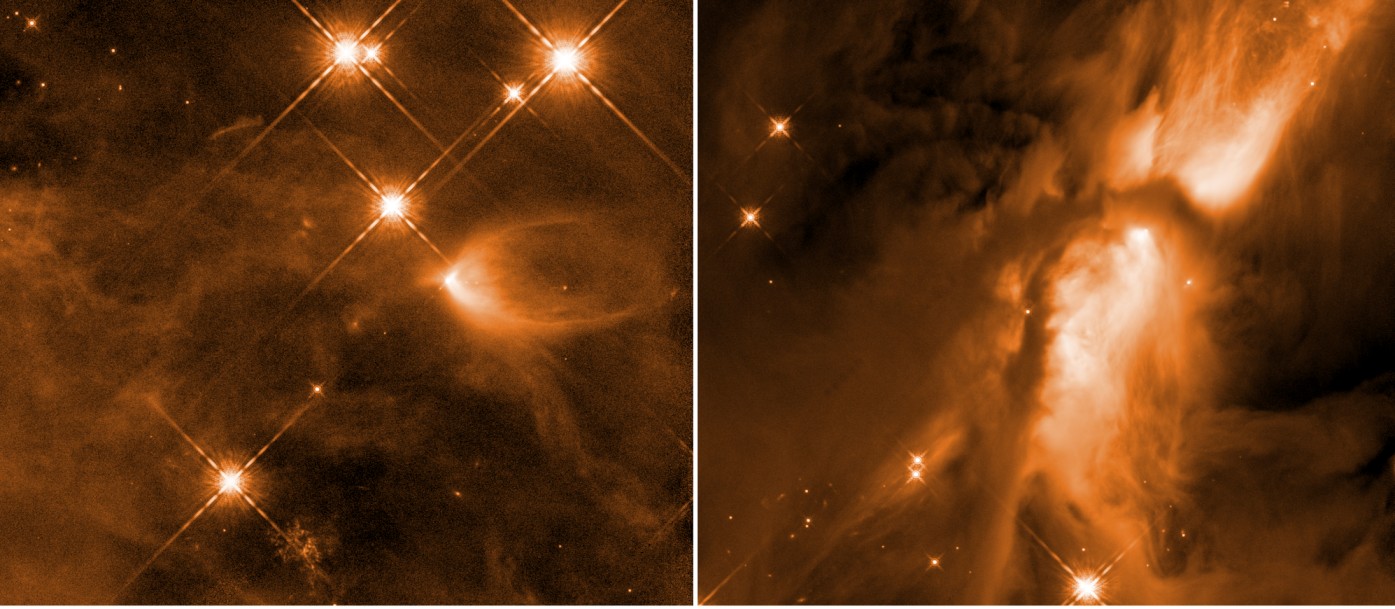Back in March, NASA’s InSight lander detected two large quakes from a geologically active region of Mars called the Cerberus Fossae. Now, using imagery from the Mars Reconnaissance Orbiter, which circles the red planet at an altitude of about 300km, researchers have discovered that the Cerberus Fossae region holds the most recent evidence of volcanic activity ever seen on Mars.
Continue reading “Volcanoes on Mars Might Still be Active”Black Hole-Neutron Star Collisions Could Finally Settle the Different Measurements Over the Expansion Rate of the Universe
If you’ve been following developments in astronomy over the last few years, you may have heard about the so-called “crisis in cosmology,” which has astronomers wondering whether there might be something wrong with our current understanding of the Universe. This crisis revolves around the rate at which the Universe expands: measurements of the expansion rate in the present Universe don’t line up with measurements of the expansion rate during the early Universe. With no indication for why these measurements might disagree, astronomers are at a loss to explain the disparity.
The first step in solving this mystery is to try out new methods of measuring the expansion rate. In a paper published last week, researchers at University College London (UCL) suggested that we might be able to create a new, independent measure of the expansion rate of the Universe by observing black hole-neutron star collisions.
Continue reading “Black Hole-Neutron Star Collisions Could Finally Settle the Different Measurements Over the Expansion Rate of the Universe”China Launches the Core Module of Its New Space Station
Early on Thursday, a Long March 5B rocket – currently the most powerful of China’s space launch vehicles – blasted off from Wenchang, carrying the first major component of an ambitious new modular space station.
The station module, dubbed Tianhe (Harmony of the Heavens), marks the next big step in China’s human spaceflight program in Low Earth Orbit (LEO). Barred from participating in the International Space Station (ISS) by US law, which forbids cooperation in space between the two countries, China has been developing its own LEO capabilities for over a decade now.
Continue reading “China Launches the Core Module of Its New Space Station”Perseverance Successfully Extracts Oxygen From the Martian Atmosphere. About 10 Minutes of Breathing Time for an Astronaut
Humanity achieved an incredible series of new milestones on Mars this week. It began on Monday April 19th, when the Ingenuity helicopter demonstrated the first-ever powered, controlled flight on another world. And now, for the first time, the Perseverance rover has used ingredients from the Martian atmosphere to create breathable oxygen, in a test that might pave the way for future astronauts to ‘live off the land’ on the Red Planet.
Continue reading “Perseverance Successfully Extracts Oxygen From the Martian Atmosphere. About 10 Minutes of Breathing Time for an Astronaut”When Stars Get Too Close to Each Other, They Cast Out Interstellar Comets and Asteroids

In October 2017, humanity caught its first-ever glimpse of an interstellar object – a visitor from beyond our solar system – passing nearby the Sun. We named it Oumuamua, and its unusual properties fascinated and confounded astronomers. Less than two years later, amateur astronomer Gennady Borisov found a second interstellar object: a comet-like body that began to disintegrate as it passed within 2 AU of the Sun (1 AU equals the distance from Earth to the Sun). Where do these interstellar objects come from? How common are they? With a sample size of just two, it’s difficult to make any generalizations just yet. On the other hand, given what we know about star formation, we can begin to make some inferences about the likely origins of these objects, and what we are likely to see of them in the future.
Continue reading “When Stars Get Too Close to Each Other, They Cast Out Interstellar Comets and Asteroids”Ground-Based Lasers Could Push Space Debris off Collision-Course Orbits
Researchers at the Australian National University (ANU) are finding new uses for the laser-based technology that sharpens telescope imagery – called adaptive optics – and it just might help mitigate the world’s growing space debris problem. Purpose-built lasers could give derelict satellites a slight ‘push’ of photons, imparting just enough energy to change the debris’s orbit and prevent an impending collision.
Continue reading “Ground-Based Lasers Could Push Space Debris off Collision-Course Orbits”OSIRIS-REx Did One Last Close Flyby of Asteroid Bennu. It’s Almost Time to Come Home
After more than two years in orbit around asteroid Bennu, NASA’s OSIRIS-REx spacecraft is ready to come home. It’s bringing with it a pristine sample of space rocks that geologists here on Earth are eager to study up close. The sample will arrive in September 2023, but we won’t have to wait nearly that long for new data from OSIRIS-REx. Last week, the probe carried out one final flyby of Bennu, in an effort to photograph the sample collection site. The photographs are being downlinked now, and should be here by midweek.
If you’ve been following the OSIRIS-REx mission, you probably already know why scientists are keen to see these photographs, but if you haven’t, hold on to your hats – it’s a wild story.
Continue reading “OSIRIS-REx Did One Last Close Flyby of Asteroid Bennu. It’s Almost Time to Come Home”Jupiter Could Make an Ideal Dark Matter Detector
So, you want to find dark matter, but you don’t know where to look? A giant planet might be exactly the kind of particle detector you need! Luckily, our solar system just happens to have a couple of them available, and the biggest and closest is Jupiter. Researchers Rebecca Leane (Stanford) and Tim Linden (Stockholm) released a paper this week describing how the gas giant just might hold the key to finding the elusive dark matter.
Continue reading “Jupiter Could Make an Ideal Dark Matter Detector”InSight Detects Two Significant Quakes from the Cerberus Fossae Region on Mars
NASA’s InSight lander felt the distant rumble of two major ‘marsquakes’ in March, originating from a region near the Martian equator known as the Cerberus Fossae. Registering magnitudes of 3.1 and 3.3 on March 7th and March 18th respectively, the quakes cement the Cerberus Fossae’s reputation as one of the most geologically active places on the Red Planet today. A pair of similarly strong marsquakes rocked the same region back in 2019.
Continue reading “InSight Detects Two Significant Quakes from the Cerberus Fossae Region on Mars”Newly Forming Stars Don’t Blast Away Material as Previously Believed. So Why Do They Stop Growing?
We thought we understood how stars are formed. It turns out, we don’t. Not completely, anyway. A new study, recently conducted using data from the Hubble Space Telescope, is sending astronomers back to the drawing board to rewrite the accepted model of stellar formation.
Continue reading “Newly Forming Stars Don’t Blast Away Material as Previously Believed. So Why Do They Stop Growing?”
